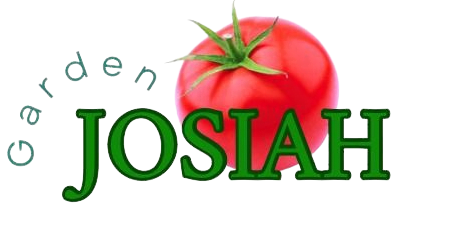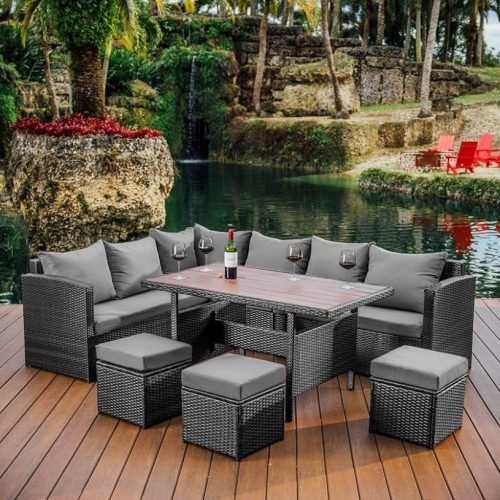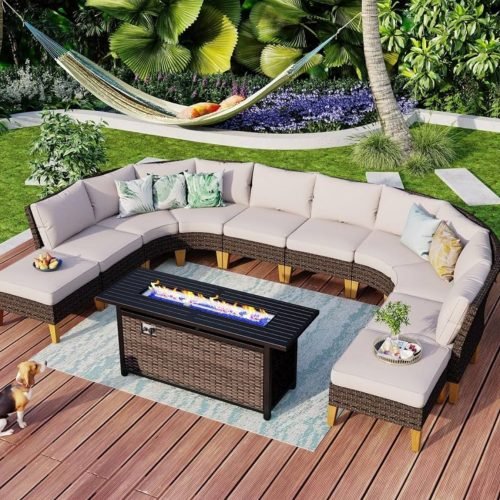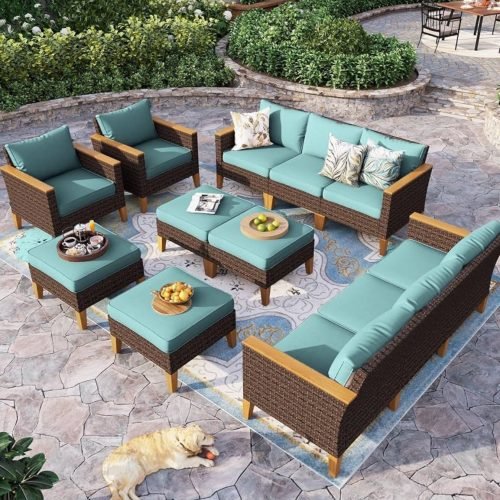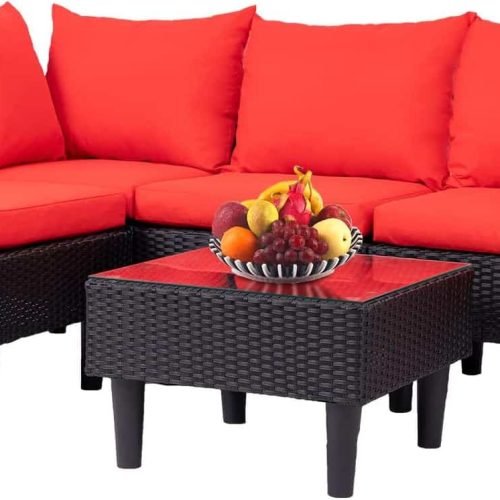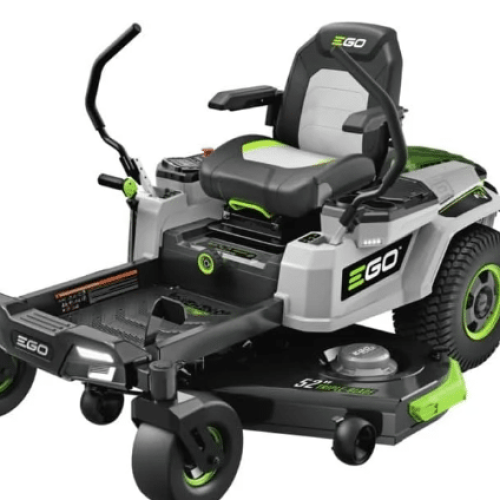Hey guys JV again. You know what ? I can totally help you turn even small spaces into beautiful gardens. If you have a patio, balcony, or a snug corner, container gardening is just right for you.
It’s a great method for those in cities, living in apartments, or with limited outdoor spots. With the proper advice, you can enjoy a green, easy-to-care-for garden. Use different containers like plastic, concrete, glazed ceramic, and terra-cotta to add charm.
This type of gardening has many perks. You can grow plants like vegetables, flowers, herbs, and ornamental shrubs or trees. It’s a wonderful way to make the most of your space.
The Basics of Container Gardening
Container gardening is about planting in pots or planters instead of the ground. This way of gardening gives you lots of benefits. You can control the type of soil and grow many plants, even if you don’t have a big outdoor area.
What is Container Gardening?
In simple terms, it’s planting in pots or other above-ground containers. Doing this, you can adjust the sunlight and soil for different plants. It’s perfect for small spaces like balconies or patios. With container gardening, anyone can have a beautiful garden.
Benefits of Container Gardening
Container gardening comes with many great things. Here are some top benefits:
- Mobility: You can change the location of your plants easily to get the best sun or avoid bad weather.
- Versatility: You can grow all kinds of plants, even those that might not like your garden’s natural soil or weather.
- Customization: Picking the right containers and soil helps you create the perfect growing spot for each plant.
- Space-saving: It’s a great way to get a garden when you don’t have a lot of space in your yard or on your balcony.
- Reduced Maintenance: It’s often easier to keep up with container gardens rather than traditional gardens. They don’t need as much weeding and don’t get as many pests.
Whether you know a lot about gardening or are just starting, container gardening is an amazing way to have your own garden. It works well in small places too.
| Container Size | Number of Plants |
|---|---|
| 10″ to 12″ pot | 3-4 plants |
| 14″ to 16″ pot | 5-7 plants |
| 16″ to 20″ pot | 6-9 plants |
“Container gardening allows me to grow a wide variety of plants, even in my small urban backyard. It’s a game-changer for anyone with limited outdoor space.”
By learning about container gardening, you open the door to so many gardening options. You’ll love the benefits this method brings.
Choosing the Right Containers
Choosing the right container is key for your plant’s success. Go for high-quality pots in materials like terra cotta or ceramic. These materials help with proper drainage, which is important for your plants.
Don’t use plain garden soil in your containers. It can get too compact. Invest in a good potting mix made for these types of gardens.
Size matters when it comes to containers. Make sure the pot is big enough for your plant’s roots to grow. Vegetables usually need a pot that’s at least 12 inches deep. For tomatoes or squash, a 5-gallon pot should do the trick.
Larger containers offer more space for soil. But they are heavier and harder to move. Consider this if you have a small space. It’s crucial for all pots to have several holes at the bottom, no matter the size. This ensures water can drain out properly.
| Container Type | Advantages | Disadvantages |
|---|---|---|
| Plastic Pots | Affordable, lightweight, easy to clean | Less decorative than other options |
| Ceramic Pots | Attractive, decorative appearance | Heavier, more prone to cracking in cold weather |
| Fabric Pots | Lightweight, breathable, encourage efficient water and nutrient uptake | May not be as durable as other materials |
You don’t have to stick with traditional pots. Get creative with hanging baskets, whiskey barrels, or even boxes. Just make sure they have good drainage.
For your plants, choose types that are small or made for containers. Bush tomatoes are a good choice. Choosing the right containers and plants leads to a great container garden.
“The right container can make all the difference in the success of your container garden. Choose wisely, and your plants will thrive.”-JV Charles
Selecting the Right Potting Mix
Up above is some of my favorites. Using the right potting mix is key for successful container gardening. Avoid plain garden soil. It can get too tight and cause bad water flow in a container. Instead, pick a top-quality, rich potting mix made for containers.
These special potting mixes often have compost, perlite, and more. They make sure your potted plants get the air and water balance they need. This investment in a good potting mix sets your garden up for healthy growth.
When picking a potting mix for container gardening, here are some tips:
- Find a potting mix that’s light, drains well, but also holds moisture.
- Choose one full of nutrients, like compost, peat moss, and bark.
- Use a mix without weeds, pests, or diseases.
- Think about what plants you’re growing. Some potting mixes are perfect for certain types, like succulents or orchids.
Choosing a top-notch potting mix for container gardening means the best start for your plants. Your garden will grow strong and full, giving you a great harvest.
| Potting Mix Brand | Key Features | Recommended For |
|---|---|---|
| Proven Winners Premium Potting Soil | Drains well while remaining moist, no issues with fungal growth or gnat infestation | All-purpose container gardening |
| FoxFarm Ocean Forest Potting Soil | Organic, nutrient-rich formula, good moisture retention | Organic container gardening |
| E.B. Stone Ultimate Recipe Potting Soil | Organic, with added perlite for aeration | Organic container gardening |
By carefully choosing your potting mix, you’re ensuring your container garden will thrive. Don’t forget to top up your potting mix as necessary. This will keep your plants happy and healthy all season long.
Container Gardening for Beginners
Plant Selection
Choose a mix of “thriller,” “filler,” and “spiller” plants. This mix makes your container garden look good and well-balanced. You can pick from annuals, perennials, herbs, vegetables, and small shrubs or trees.
Thriller, Filler, and Spiller Concept
The “thriller” is the main, usually tall or eye-catching plant. Fillers are medium plants around the thriller. Spillers flow over the container edges. This setup keeps your garden looking good all season.
For instance, you might use a tall grass as a thriller. A colorful flower, like a marigold, works as a filler. Then, choose a vine, such as ivy, as a spiller. Planting like this makes your garden beautiful with little work.
Place your container garden where it gets 6-8 hours of sunlight a day. This helps your plants grow well. With the right plants and sunlight, your garden will flourish and be easy to care for.
Check out the blog for over 75 plant types for your container garden. Choose from vegetables, herbs, flowers, and fruit. Mix and match to find what suits your garden and taste.
Watering and Fertilizing
Keeping your container garden healthy depends a lot on watering and fertilizing right. Plants in pots can dry out faster than those in the ground. So, you must check the soil often. Water your plants when the top inch or two is dry.
Try not to wet the plant leaves when you water. Wet leaves can get sick. Water the soil at the plant’s base instead. This way, the roots get the water they need. Mulch helps keep the water in the soil.
Plants in containers also need food regularly. Nutrients get used up and washed away faster in potting soil. You can use a balanced liquid fertilizer or a slow-release one. Follow the directions on how often to apply it.
Give your plants fertilizer every 2 to 6 weeks during the growing time. Soluble fertilizers work well for plants in pots. They keep giving nutrients when you water. Slow-release fertilizers are good because they feed slowly over time.
Check your plants often. If they look like they need food, help them out. Look for signs like small growth or leaves changing color. Watch your plants so they always have the nutrients they need.
“Proper watering and fertilizing are the backbone of a thriving container garden. By staying vigilant and following best practices, you can ensure your plants receive the nourishment they need to reach their full potential.”
Pay attention to how you care for your garden in containers. Learn the best ways to water and fertilize. This will help your plants be healthy and give you lots of beautiful flowers or fruits.
Maintaining Your Container Garden
To keep your container garden healthy, giving it regular care is key. Important tasks like removing dead flowers, cutting back, and controlling bugs are critical. They will help your plants look good no matter the time of year.
Deadheading and Pruning
It’s vital to cut off old flowers to make new ones keep blooming. This action directs the plant’s energy to growing new, brilliant flowers. Regular pruning keeps plants neat and supports their health.
Pest Control
Keeping an eye on pests is very important. Act fast if you see pests like aphids or spider mites. Use natural methods like neem oil or beneficial bugs to help your plants stay healthy.
Overwintering
In cold places, your plants may need extra care to survive winter. Some might need to move indoors. Do your homework to ensure your plants survive winter and are strong come spring.
Regular care with tasks like deadheading, pruning, and pest control is important. Also, don’t forget to prep your garden for winter. These efforts will keep your garden beautiful and full of life all year. With a bit of effort, your garden will bring joy season after season.
| Maintenance Task | Frequency | Benefits |
|---|---|---|
| Deadheading | Regular | Encourages continuous flowering |
| Pruning | As needed | Keeps plants tidy and encourages bushy growth |
| Pest Control | Ongoing monitoring | Prevents damage and maintains plant health |
| Overwintering | Before first frost | Protects tender plants during cold months |
“With proper care and attention, your container garden can continue to flourish year-round.”
Conclusion
Container gardening is a great way for us to grow even in small spaces. We choose the best containers, soil, and plants to enjoy this. With the right care, we can produce fresh food or beautiful flowers. This guide helps us get started on our container garden journey.
A little planning can help us make a wonderful container garden. It will add beauty and fresh flavors to our homes. This type of gardening is great for beginners. It lets us grow many different plants in a small space. Following this guide, we can turn our spaces into beautiful, easy to care for gardens.
Starting a container garden can be really rewarding. We can grow our own food or enjoy the beauty of flowers. It’s a great way to make our living spaces more lush. Even in small areas, this kind of gardening can bring a lot of joy.
FAQ
What is container gardening?
Container gardening means growing plants in pots or containers instead of the ground. It’s useful because you can control the soil and customize the growing space. This way, you can grow a lot of different plants even if you have a small outdoor area.
What are the benefits of container gardening?
Container gardening is great for moving your plants around. It lets you grow various plants that might not do well in your area. You get to make the perfect place for each plant and make sure the soil is just right.
What type of containers should I use for container gardening?
Choose pots made of terra cotta, ceramic, or wood for good drainage and strength. The container’s size should fit how big your plants will get, giving their roots plenty of space.
What type of potting mix should I use for container gardening?
Don’t use regular garden soil because it can get too dense and mess up the drainage. Instead, use a quality potting mix for containers. These mixes have compost, perlite, and more for the best air and water holding for your plants.
How do I select plants for my container garden?
For a varied look, pick plants that are thrillers, fillers, and spillers. Thrillers stand out, fillers fill the space, and spillers drape over the container’s edges. It’s a fun mix to put together!
How do I properly water and fertilize my container garden?
Containers need more water than plants in the ground, so keep an eye on the moisture. Water them when the top feels dry. Plants in containers also need regular feeding to make up for lost nutrients. Use a balanced fertilizer, following the package directions.
What maintenance is required for a container garden?
Keep your plants blooming by removing old flowers. This stops the plant from making seeds and focusing on more flowers. Prune plants to keep them neat and check for pests often. Dealing with bugs quickly helps keep your plants healthy.
Source Links
- https://www.realsimple.com/container-gardening-8559331 – Want To Try Container Gardening? This Beginner’s Guide Is Loaded With Expert Tips To Help You Get Started
- https://www.bhg.com/container-gardening-for-beginners-8423949 – Container Gardening for Beginners: 10 Must-Know Tips
- https://www.thespruce.com/vegetable-container-gardening-for-beginners-848161 – Growing Vegetables in Pots Is Easier Than You Think—Follow Our Beginner’s Guide
- https://www.bhg.com/gardening/container/basics/how-to-plant-a-container-garden/ – How to Plant a Container Garden in 6 Easy Steps
- https://thewellco.co/container-gardening-for-beginners/ – The Best Guide To Outdoor Container Gardening For Beginners
- https://foodsecurity.missouri.edu/wp-content/uploads/2016/02/01-Container-Gardening-2-pgs.pdf – PDF
- https://www.almanac.com/content/container-gardening-vegetables – Vegetable Container Gardening for Beginners
- https://www.earthsciencegrowing.com/expert-advice/choosing-plants-for-container-gardening/ – Choosing Plants for Container Gardening – Earth Science
- https://miraclegro.com/en-ca/indoor-outdoor/container-vegetable-gardening-for-beginners.html – Container Vegetable Gardening For Beginners
- https://www.gardendesign.com/how-to/potting-soil.html – Potting Soil 101: How to Choose the Right Potting Mix for Your Plants – Garden Design
- https://brownthumbmama.com/soil-for-container-garden/ – Choose the Best Soil for Your Container Garden
- https://bhg.com/gardening/container/basics/how-to-plant-a-container-garden/ – How to Plant a Container Garden in 6 Easy Steps
- https://growinginthegarden.com/container-gardening-for-beginners-10-steps-for-success/ – Container Gardening for Beginners: 10 Steps for Success
- https://swanhose.com/blogs/general-gardening/container-gardening-made-easy-a-beginner-s-guide-to-growing-plants-in-small-spaces – Container Gardening Made Easy: A Beginner’s Guide to Growing Plants in Small Spaces
- https://www.amazon.com/Container-Gardening-Beginners-Growing-Vegetables/dp/1648768105 – Container Gardening for Beginners: A Guide to Growing Your Own Vegetables, Fruits, Herbs, and Edible Flowers: Wylie, Tammy: 9781648768101: Amazon.com: Books
- https://extension.umn.edu/managing-soil-and-nutrients/fertilizing-and-watering-container-plants – Fertilizing and watering container plants
- https://lovelygreens.com/container-vegetable-gardening/ – Quickstart Guide to Container Vegetable Gardening
- https://earthbox.com/blog/container-gardening-for-beginners – Container Gardening for Beginners
- https://miraclegro.com/en-us/projects-planning/how-to-care-for-a-container-garden.html – How to Care for a Container Garden
- https://www.sowinginsuburbia.com/blog/container-gardening-the-easiest-way-to-expand-your-home-vegetable-garden – Container Gardening: The Easiest Way to Start or Expand a Home Vegetable Garden — Sowing in Suburbia
- https://www.gardenersworld.com/how-to/grow-plants/gardening-for-beginners-container-gardening/ – Gardening for beginners: container gardening
- https://www.flowergirlsgardening.com/blogs/blogs/beginners-guide-to-container-gardening – Beginners Guide to Container Gardening
- https://harrisgardens.com/best-practices-for-container-gardening-for-beginners/ – Best Practices for Container Gardening for Beginners – Harris Gardens
- https://www.jfhhorticultural.com/blog/post/creating-stunning-container-gardens-with-pots-and-planters – Creating Stunning Container Gardens with Pots and Planters
